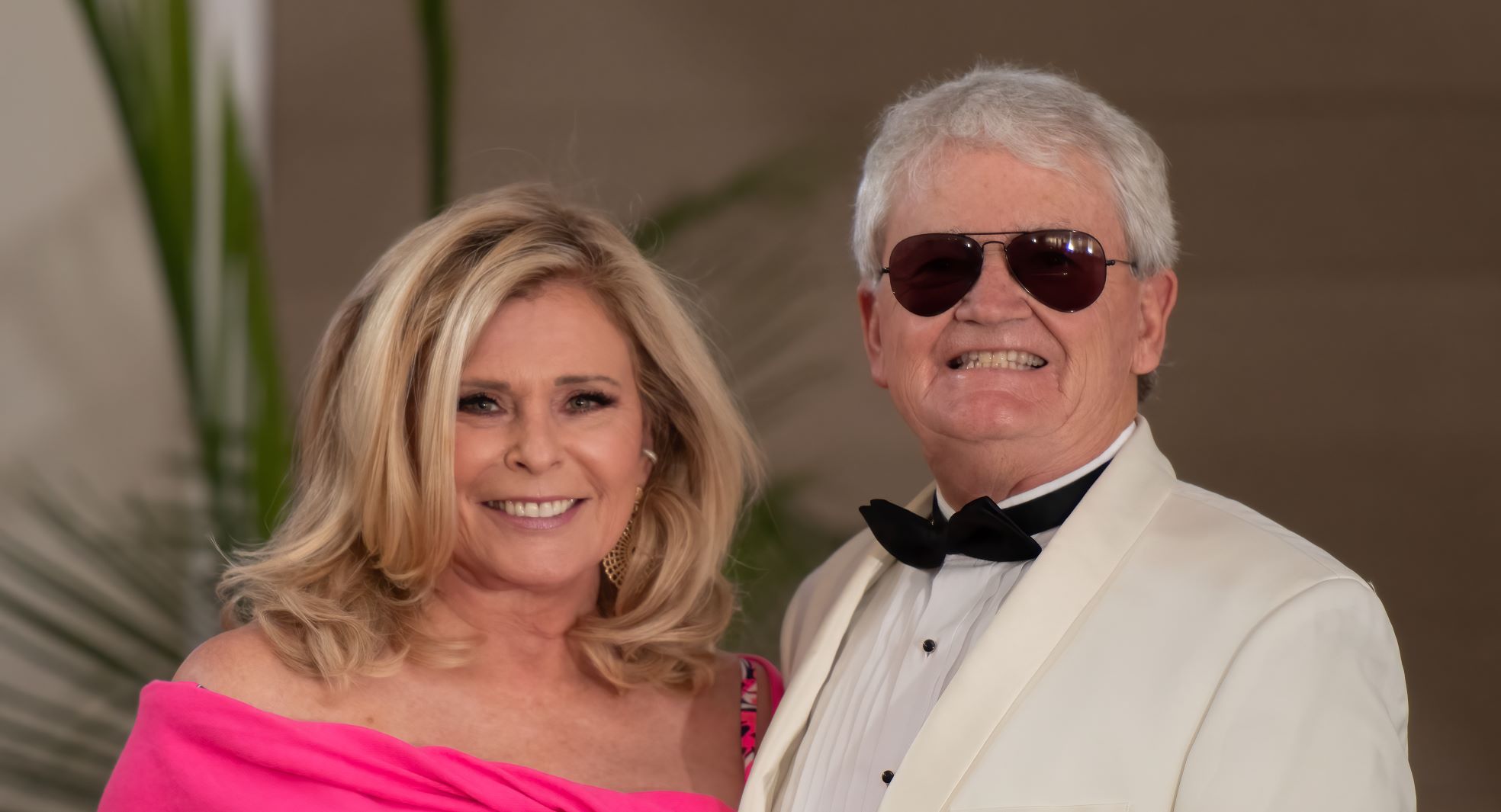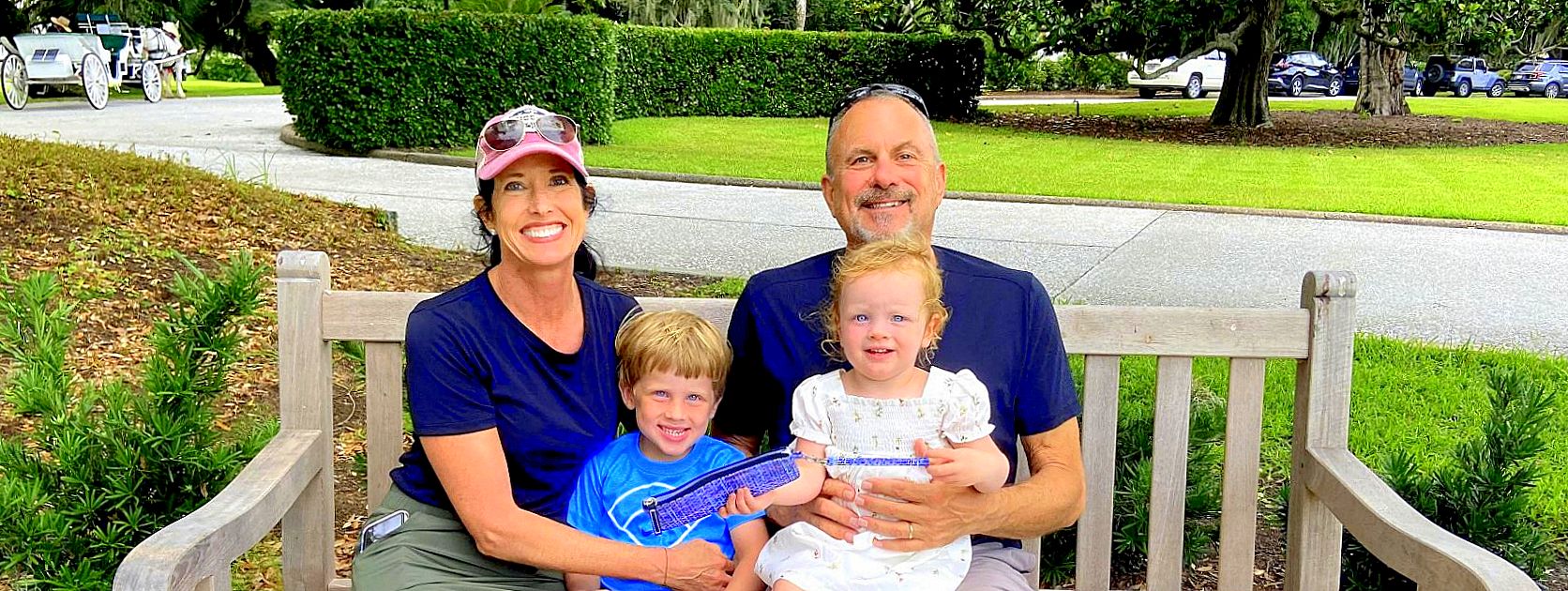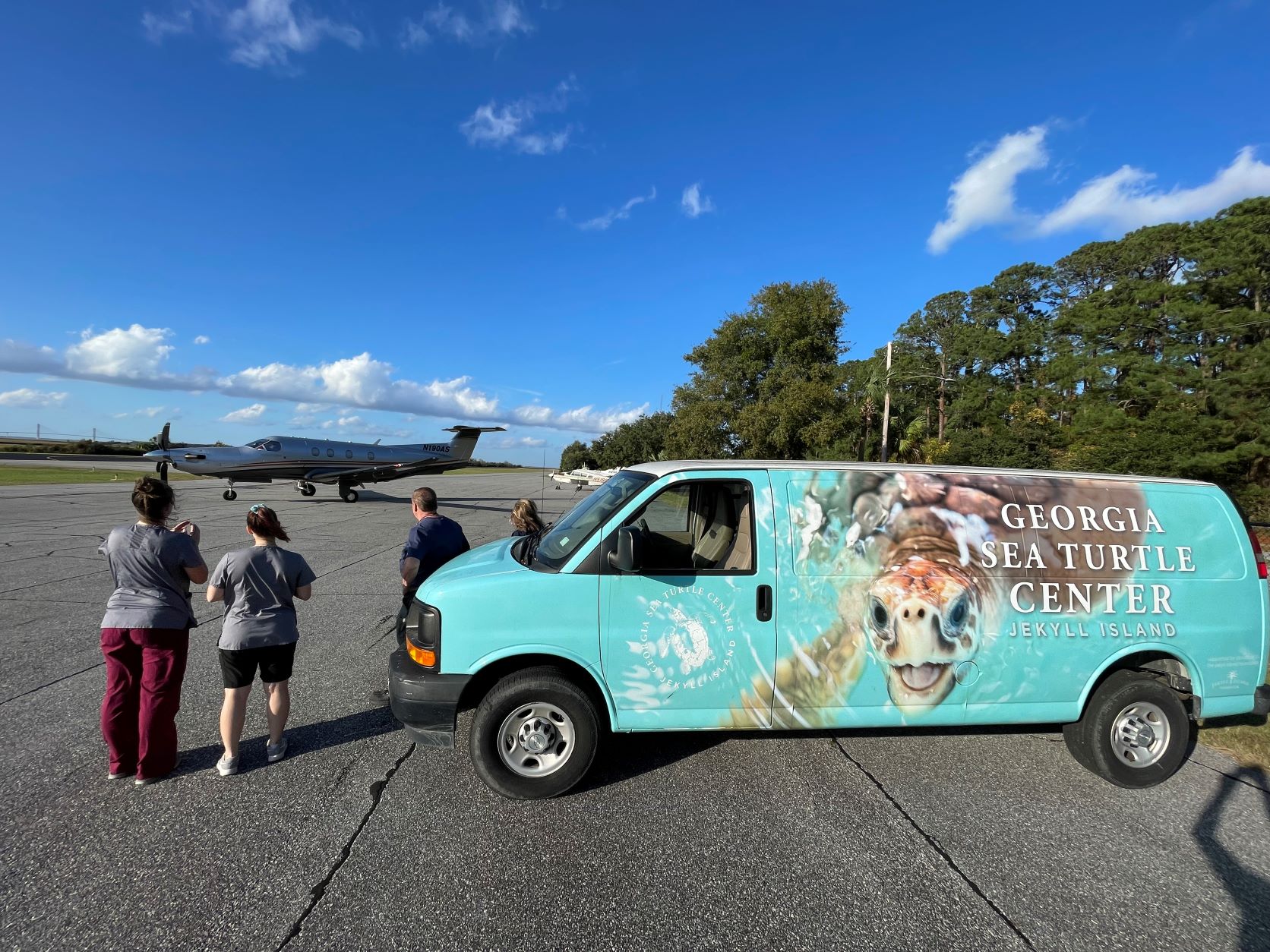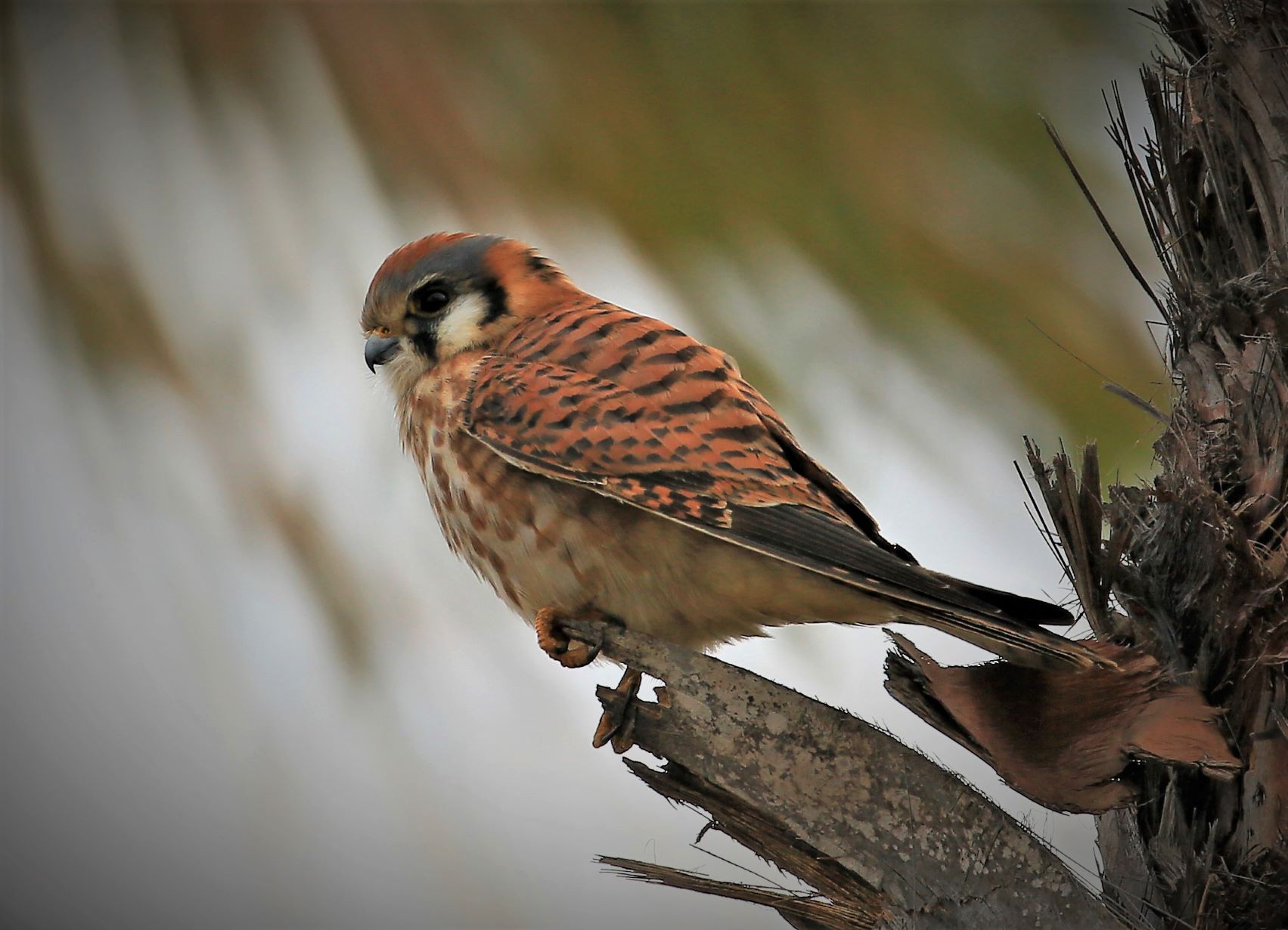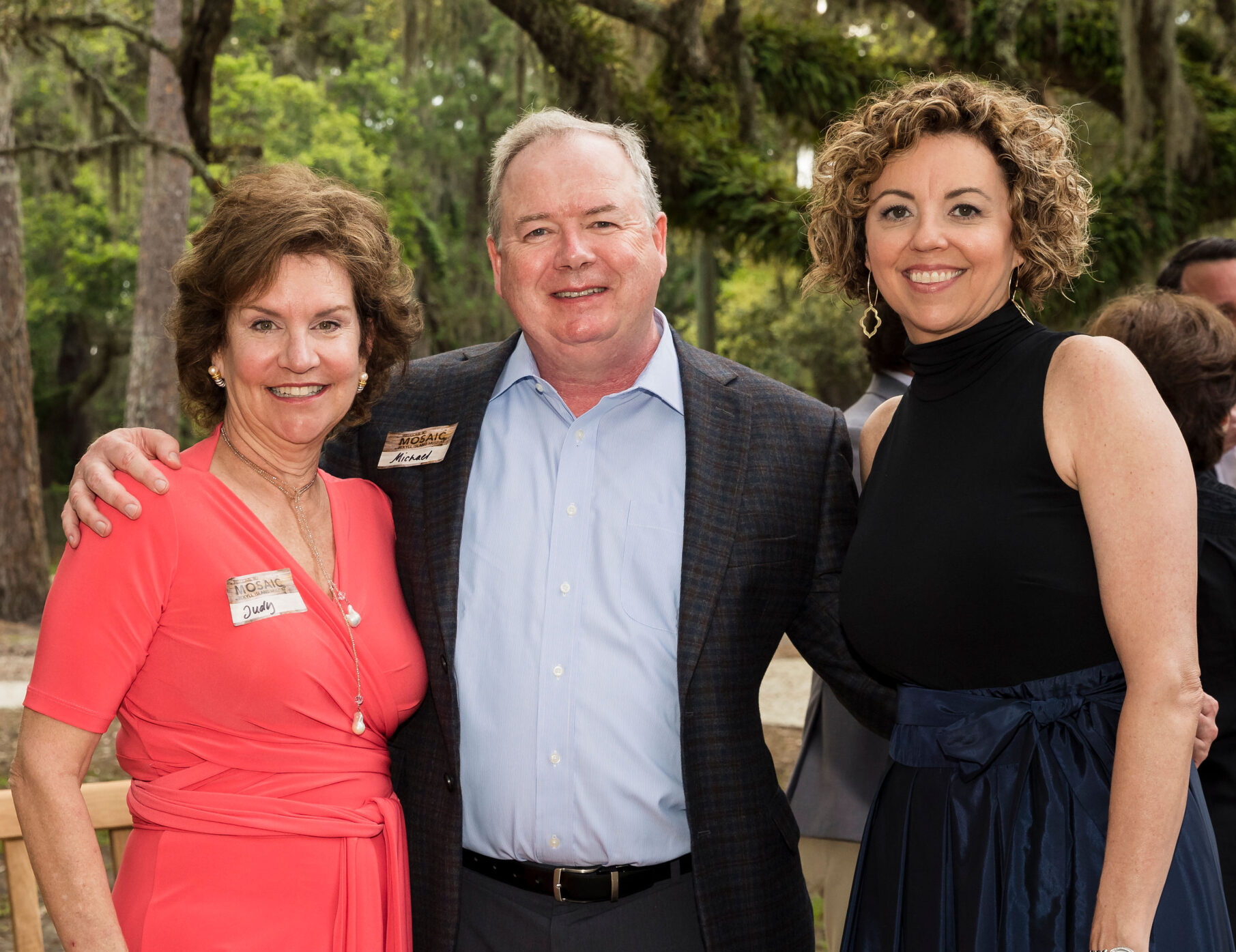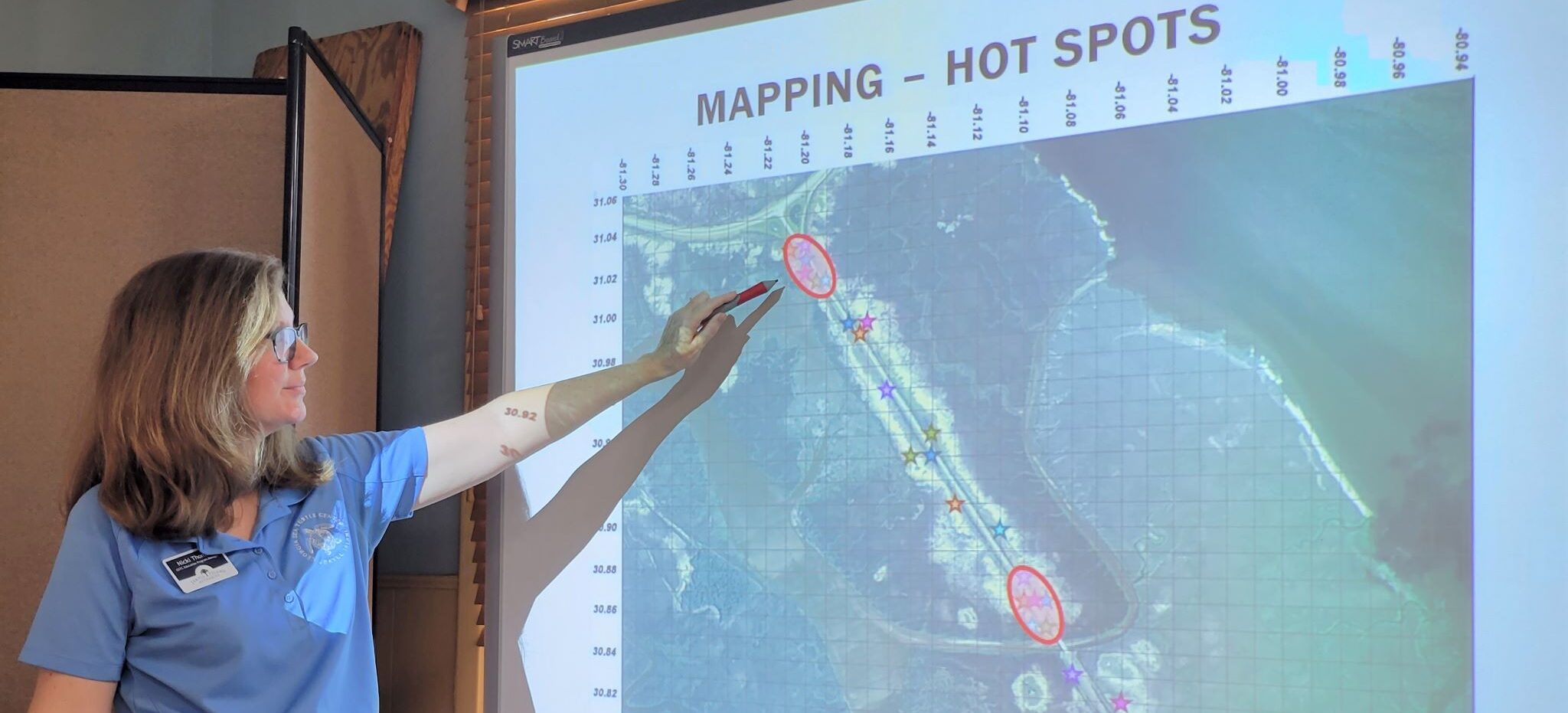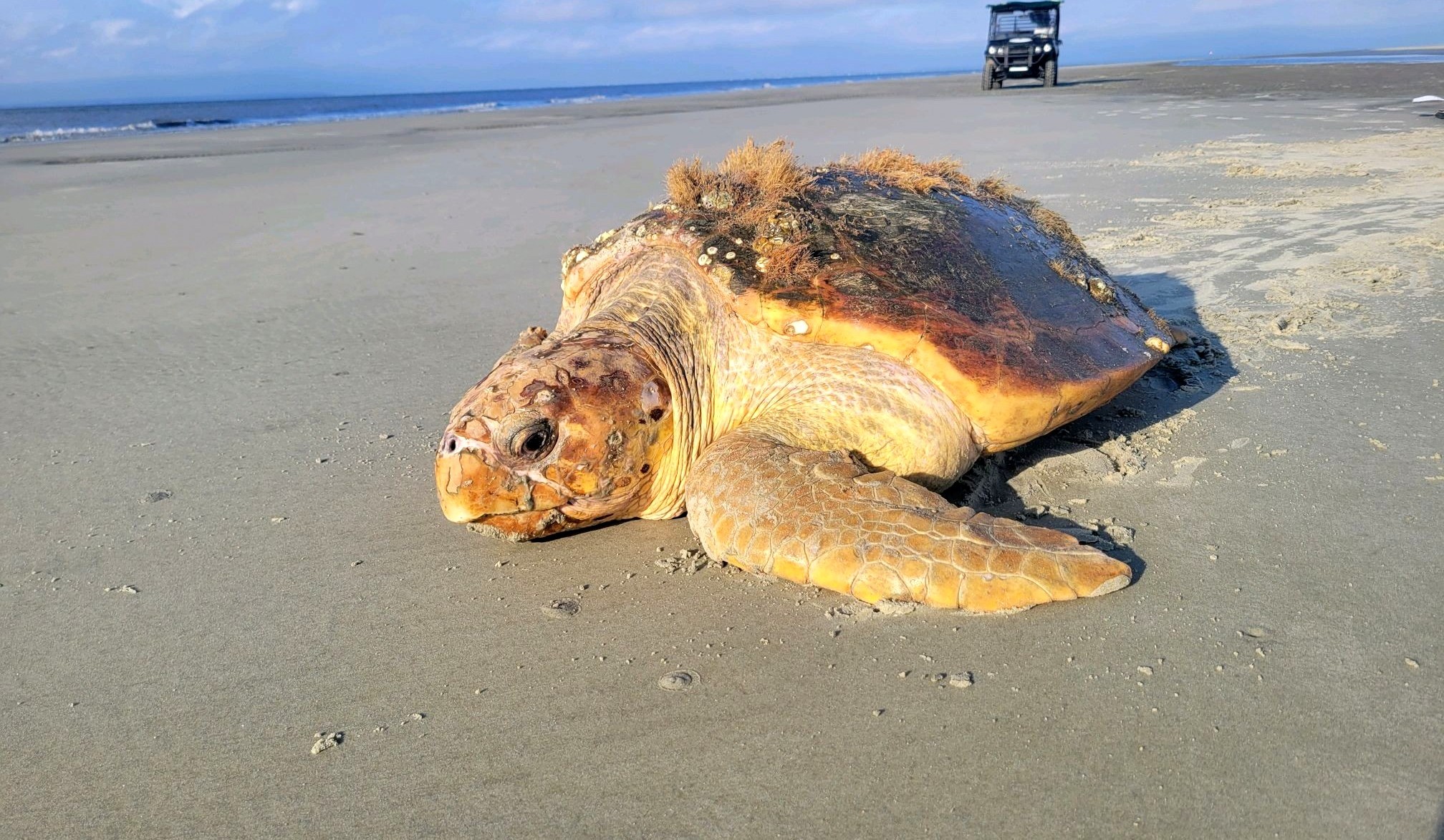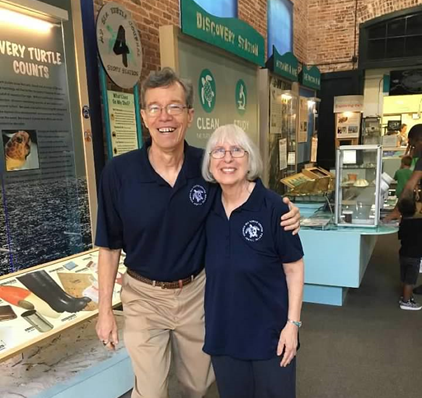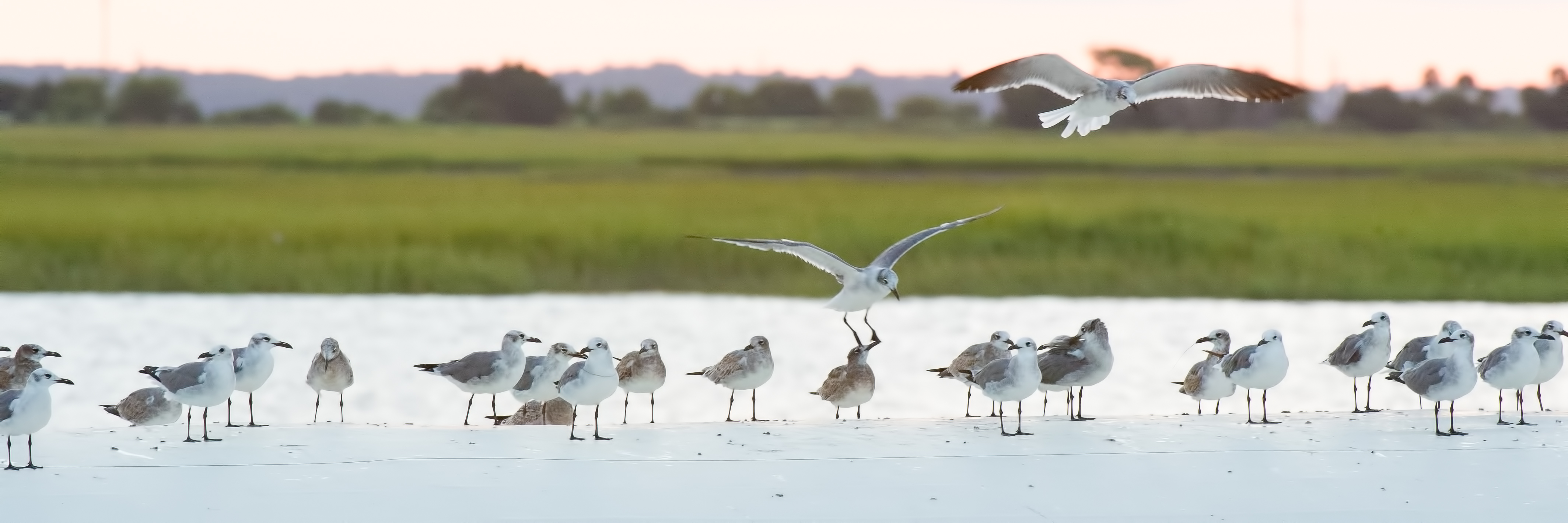It’s fair to say their heads are often in the clouds, but Rich and Lynn Van Iderstyne are very aware and very connected to what’s happening on the ground at Jekyll Island.
Both long-time Delta Air Lines employees—he’s retired after serving 40 years as a pilot, she’s nearing just as many years of service as a flight attendant—they are caretakers of the Jekyll Island Airport, owners of Red Bug Motors, and proprietors of Red Bug Motors Pizza.
“I’ve known Jekyll since I was a child,” said Rich. “Most of my mom’s family is from southern Georgia and all the cousins would come here.” Years later, after moving to Atlanta, he owned a small airplane and was always looking for places to fly. He ended up cruising down to Jekyll almost every weekend because it was a “calm and relaxing” place in contrast to Atlanta’s hustle and bustle.
“It was also his favorite place to go on dates,” quipped Lynn. The two met on an airplane—by chance—while headed to Colorado’s Aspen Snowmass for a ski weekend. Married now for 27 years, they would split their time between Atlanta and Jekyll until son Daniel, now a pilot for Delta, graduated from high school and Jekyll then became their primary residence.
In 2005, when Delta filed for bankruptcy, they decided a back-up life plan might be wise. “We’d heard about the red bug cars that the millionaires brought to use for fun and easy transportation around the Island,” said Rich. So, they did their research on the original vehicles and reintroduced a modern, environmentally friendly, rentable version for residents and visitors.
“Then one year we were on Island for the Super Bowl and discovered that you couldn’t get a pizza delivered, so we opened up a pizza restaurant,” he said. For this venture, they carefully repurposed the former Great Dunes golf course pro shop.
“It’s a beautiful little building that’s more than a business,” said Lynn. “It’s a family-friendly place for people to get together and make memories as well as share a good meal.”
While those businesses were taking flight, the Jekyll Island Authority (JIA) recognized the couple’s commitment to the Island with the keys to welcome visitors to the the airport. “We completely redid the inside of the office and spruced up the outside,” said Rich. “We staffed it to greet pilots and their guests with a smile, helping them know where to visit while on Island and offering them two hours of free red bug rental.”
That enthusiasm for Jekyll led the JIA to tap the Van Iderstynes again when the state couldn’t help with critical repairs to some of the Historic District’s buildings. Rich was invited to become an advisory board member in the early days of the Jekyll Island Foundation and, along with several other very dedicated people, worked hard to raise funds through activities such as a golf tournament, family weekends, and festivals.
But Rich was also able to offer a unique opportunity. “I have a restored World War II plane and would offer rides to people, especially war veterans,” he said. “They would marvel at Jekyll from the air and when they tried to pay me, I would refuse by asking them to instead make a donation to the Foundation.”
The first project the Foundation helped to raise funding for was the Georgia Sea Turtle Center, which currently operates in the Historic District’s Club-era power plant. A more recent Foundation fundraising initiative—Mosaic, Jekyll Island Museum—also benefited from the Van Iderstynes.
“There’s a little area about the red bugs,” said Lynn. “We were so happy to have that piece of history highlighted and to contribute to Jekyll’s story.”
A story, they both feel, that keeps getting better. “There have been so many positive changes over the years,” said Rich. “The Island looks nicer than ever, and that’s because the JIA has done a great job of maintaining the balance between nature and development.”
“Being able to walk along the bike paths and see all the wildlife is so amazing,” said Lynn. “And living here with so many friends, such great neighbors, and so many things for people of any age to do and enjoy is also amazing.”
Asked to narrow down their Island ‘to do’ recommendations to one ‘not to be missed’ attraction, neither hesitates. “The heart of Jekyll is the Historic District,” said Rich. “It’s what really sets this Island apart, and I hope people spend time there…learning about the history and marveling at the architecture.”
Lynn, who had just recently been in Italy for work, added,” I walk through many historic places with my job as a flight attendant—places like Rome—and walking through the Historic District or really anywhere on Jekyll is just as satisfying to me!”
